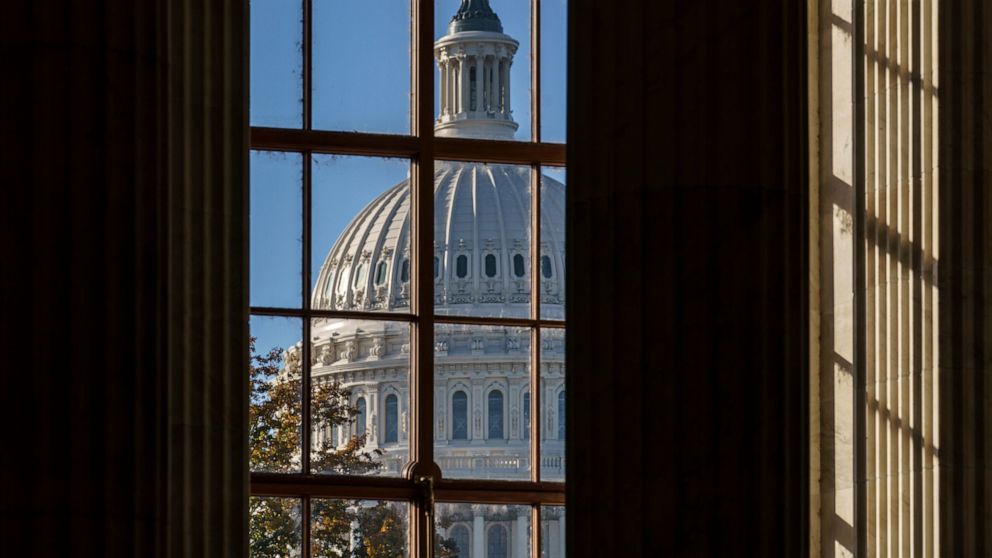What Does The IMCC Have in Common With This Year’s Waitangi Day
For most of his life, Chief Charles Hohepa has dedicated every waking day in an attempt to obtain proper and just recognition for the Maori Nation, as the only true Nation of Aotearoa, which has, for decades been known as New Zealand. February 2018 marks a turning point in this unequal struggle to obtain true recognition for the Maori Nation as true inheritors of Aotearoa. And what better way to start this process at this year’s Waitangi Day celebrations, than the news of the opening of the International Maori Cultural Centre in Brussels.
In many ways, it is prophetic that Europe should be chosen as the location of the IMCC.
Why? Because that is where the agonies of the Maori Nation all began, that fateful day in February 1840, when the Treaty of Waitangi, allegedly New Zealand’s’ Founding Document, was signed.
Why allegedly? Surely the Maori Nation had existed since time immemorial before that date?
However, many documents have been published, which disputes that there was ever a ‘Maori Nation’, and this article ‘Maori Nation – What Maori Nation?’ published by the One New Zealand Foundation, is typical of much of the hype that surrounds this discussion.
But certain facts still remain, that cannot be honestly disputed. For a start, Maori people have been, for a very a long time, been treated as second-class citizens, in what was indisputably, originally their nation. As such, not only have they suffered from poor health due to this, but their very birth rights to access and enjoy, natural resources of the fields, forests and seas, has been denied them. However, the new ‘First Class’ citizens have been able to partially poison, and over use much of these natural resources, in the interest of quick profits, but without any sharing of these profits to the enhancement of their second-class citizens.
Going back to the irony of the IMCC location in Europe, let’s just revisit the past for a moment.
In the seventeenth and eighteenth centuries, Europe was divided into a number of Kingdoms, all of which enjoyed an uncomfortable aura of peace, that was often shattered by rival warring factions.
In particular, the Kingdoms of England, Spain, France, and the Netherlands, were all involved in building up their own world-wide Empires, and these too had an uneasy period of existence when wars could, and did, break out, with alarming frequency.
There were literally hundreds of wars emanating out of not just Europe but their various colonies as well. In this web site, A list of Wars 1800 -1899, you will see that the list is massive. Many of them were driven by the colonial ambitions of the 4 Kingdoms listed above.
One positive effect of this situation, was that the nineteenth century became a great time for romantic, and often dangerous and lengthy feats of navigation, and because of that, most the world became fully explored.
However, as this exploration was born out of a desire to secure widespread outposts of civilisation, before one of the other Kingdoms got their hands on these remote territories, this was not some philanthropic exercise (like the Blue Planet documentaries), these adventures were fuelled by a mixture of great reward and great recognition, back in their respective Kingdoms for these gallant explorers.
In New Zealand’s case, its history dates back at least 20,000 years plus to when it was first fished up from the depths of the ocean by the ancient demi god Maui, from his giant canoe called “Te Wai Pounamu” (Also the name given to the South Island of New Zealand). Maui was a giant and when he fished up the great fish called “Te Ika Nui a Maui” it became the name of and still is, the North Island of New Zealand, which is the shape of a fish. Maori has its roots and antiquity and therein all the people who first inhabited these great lands were giants. Who developed a distinct Maori culture centred on kinship links and land. The first European explorer to sight New Zealand was Dutch navigator Abel Tasman on 13 December 1642.
However, with all of the wars going on due to rivalry between the main European Kingdoms, that conflict rapidly spread to the various remote outposts of their Empires.
New Zealand was no exception to this rule, as was already subject of infighting between rival European Kingdoms, and at one point, early in the nineteenth century, appealed to the English Kingdom to help them beat off regular whaling skirmishes from other Kingdoms against the Maori nation.
In particular, the area around Waitangi, in the Bay of Islands region, with its sheltered waters attracted a great number of ships, which, unfortunately, included a continuous stream of whaling ships looking to stock up in provisions. Their antics turned the whole area into a lawless state, where no Maori woman or girl was safe, nor any property or belongings.
So great were their numbers, that the local population decided to confront the British and tell them, “You sort them out, or we will”. Kororareka was seen as the hell hole of the Pacific because of the drunken orgies, murders, raping and murders of Maori to steal their fully tattooed heads.
The British were given the right to set up a form of governance to set up a rule of law for the settlers and whalers.
As part of that most welcome assistance and a seemingly much more open and trusting relationship with the English, especially at Royal level, the Treaty of Waitangi was supposed to set up relationships between the Maori, and the English Monarchy, but based on a transparent approach.
The Maori Nation NEVER gave away its Sovereignty to the British Government at The Treaty of Waitangi – that came with stealth later…
Source by Geoff Morris



